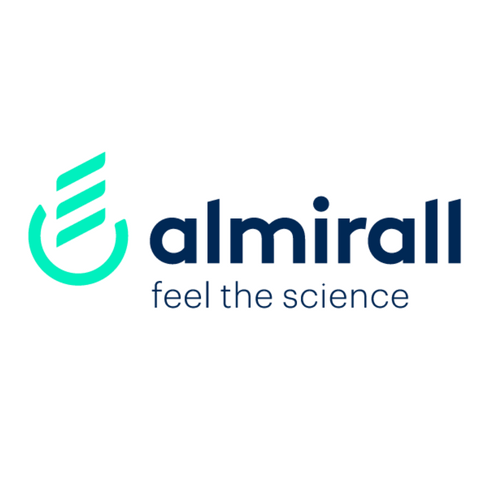This is a promotional website intended for UK healthcare professionals only (HCPs). Please confirm you are a healthcare professional before accesing the content.
This site is only for UK healthcare professionals and contains promotional information.

IE-NOP-2400008 June 2024
UK-EBG-2400076 September 2024
UK-Adverse events should be reported. Reporting forms and information can be found at MHRA https://yellowcard.mhra.gov.uk or search for MHRA Yellow Card in the Google Play or Apple App Store. Adverse events should also be reported to Almirall Ltd. Tel. 0800 0087 399.
IE-Adverse events should be reported. Reporting forms and information can be found at HPRA Pharmacovigilance, Website: www.hpra.ie. Adverse events should also be reported to Almirall Ltd. Tel. +353 (0) 1431 9836
This is a promotional website intended for UK healthcare professionals only (HCPs). Please confirm you are a healthcare professional before accesing the content.